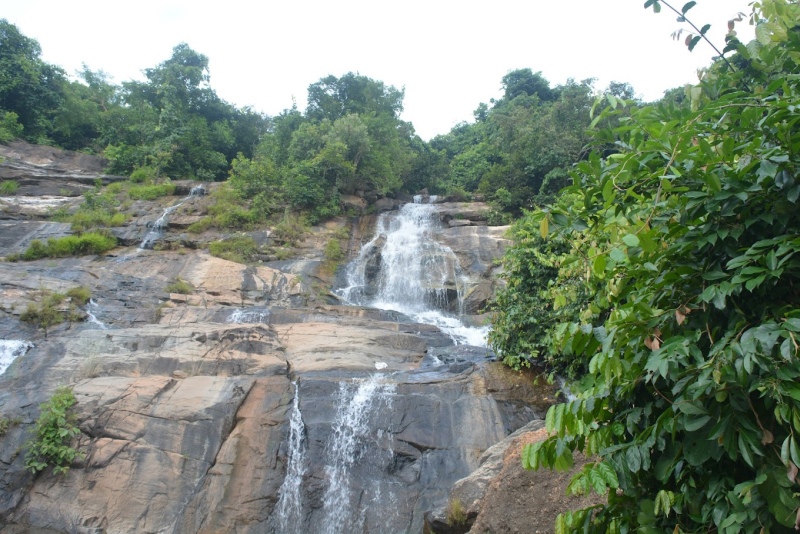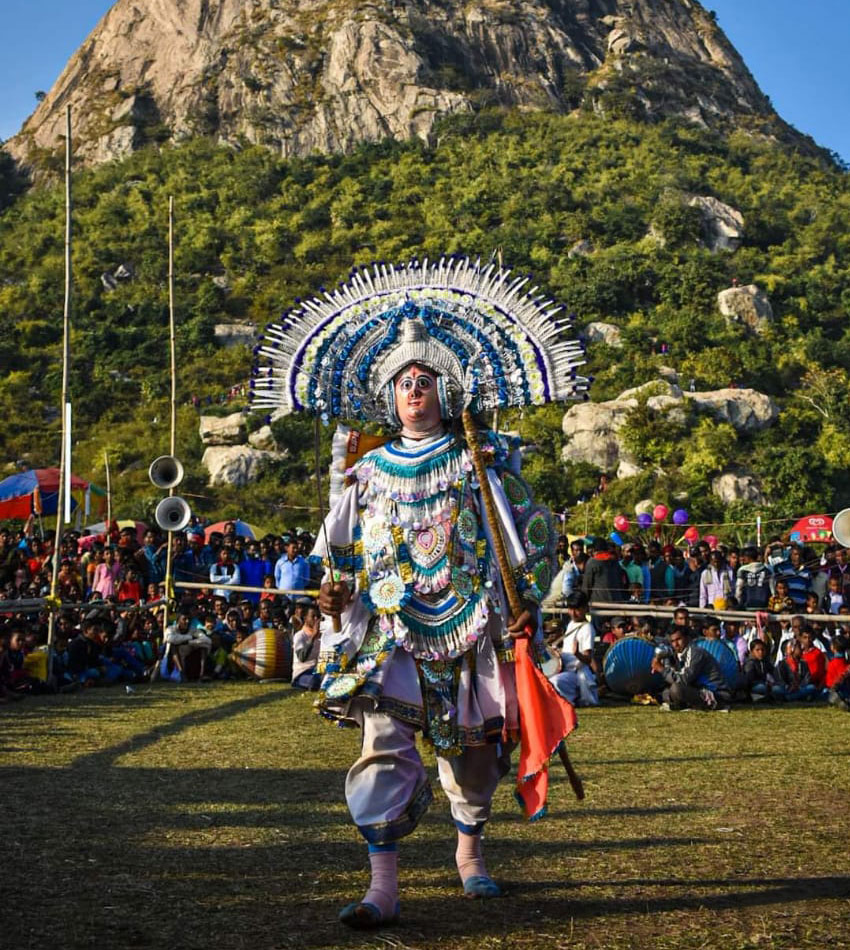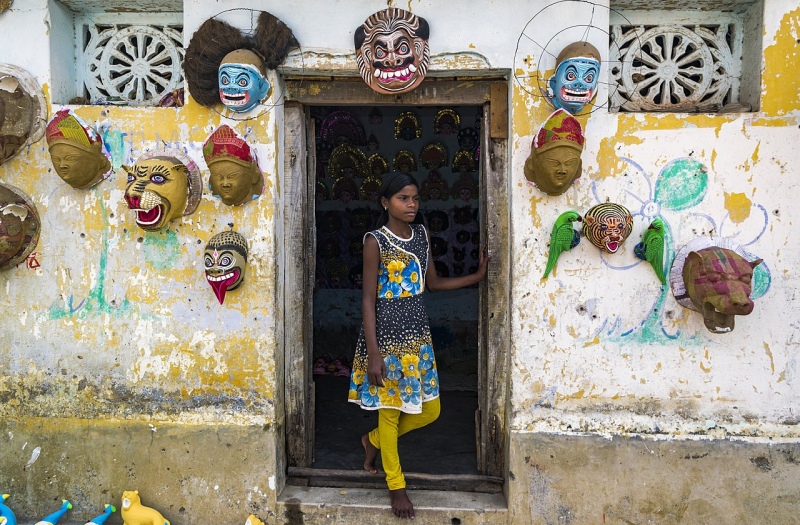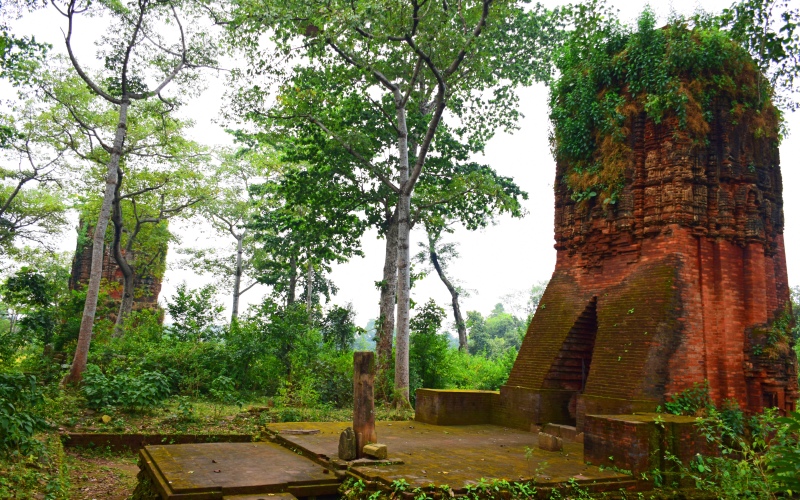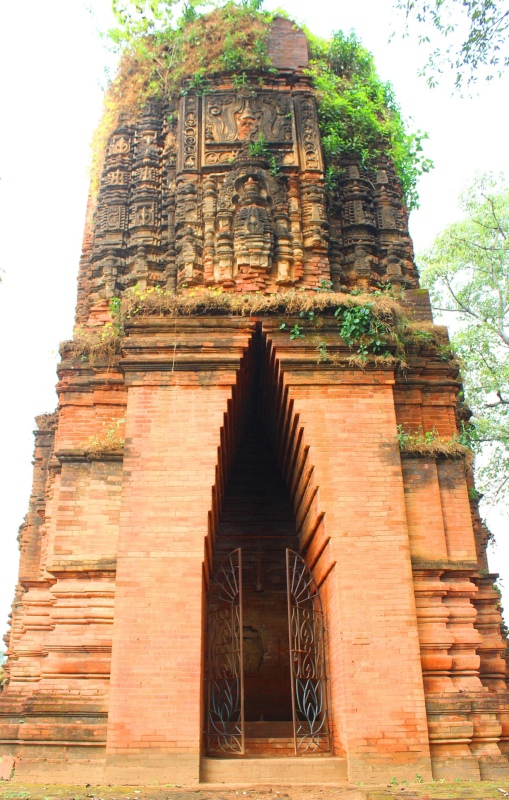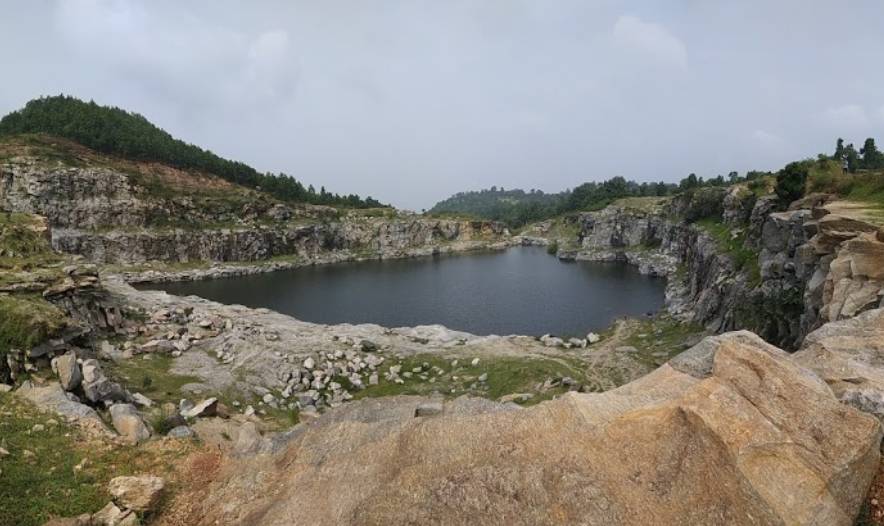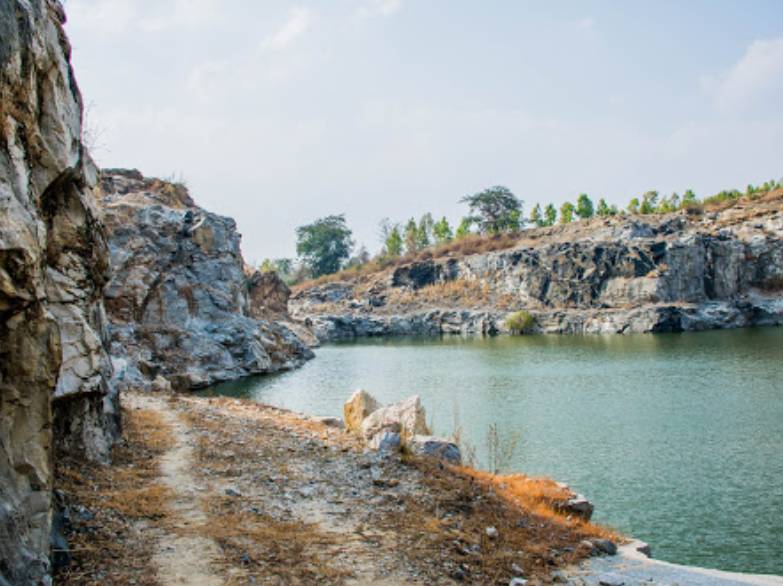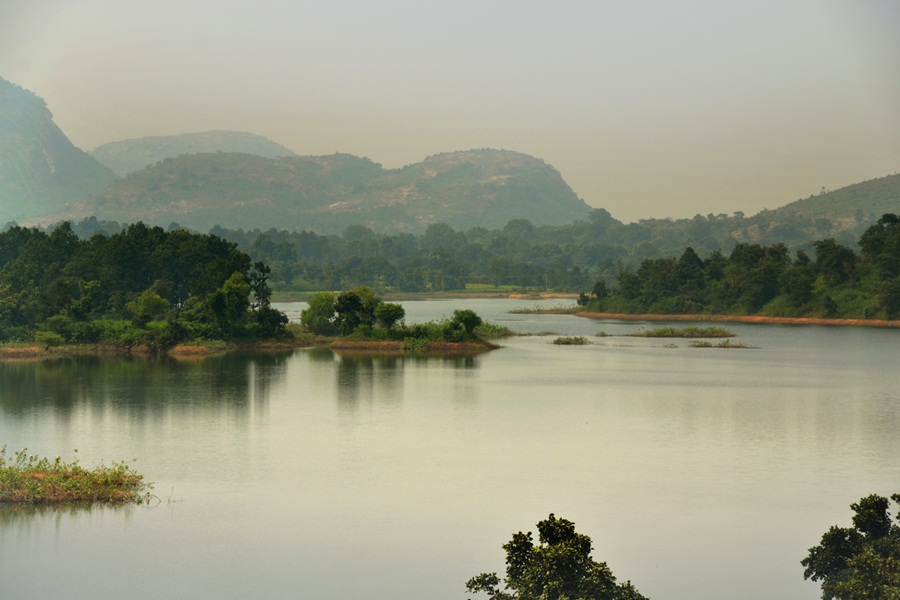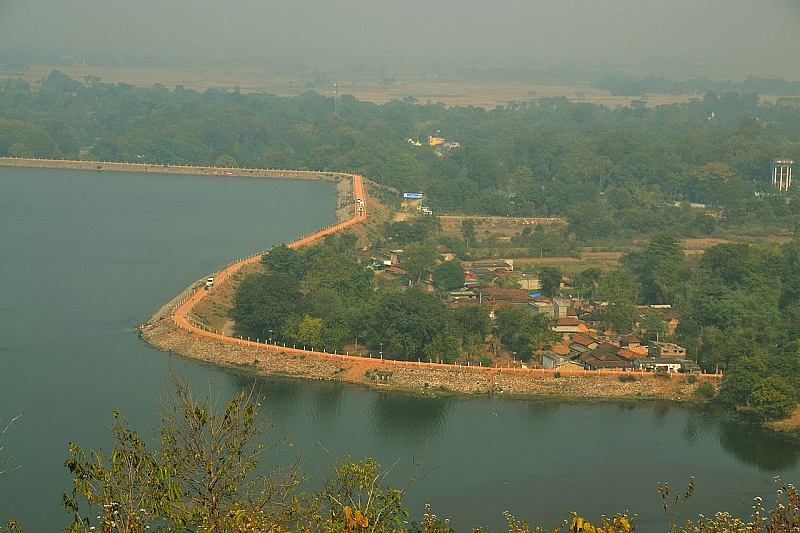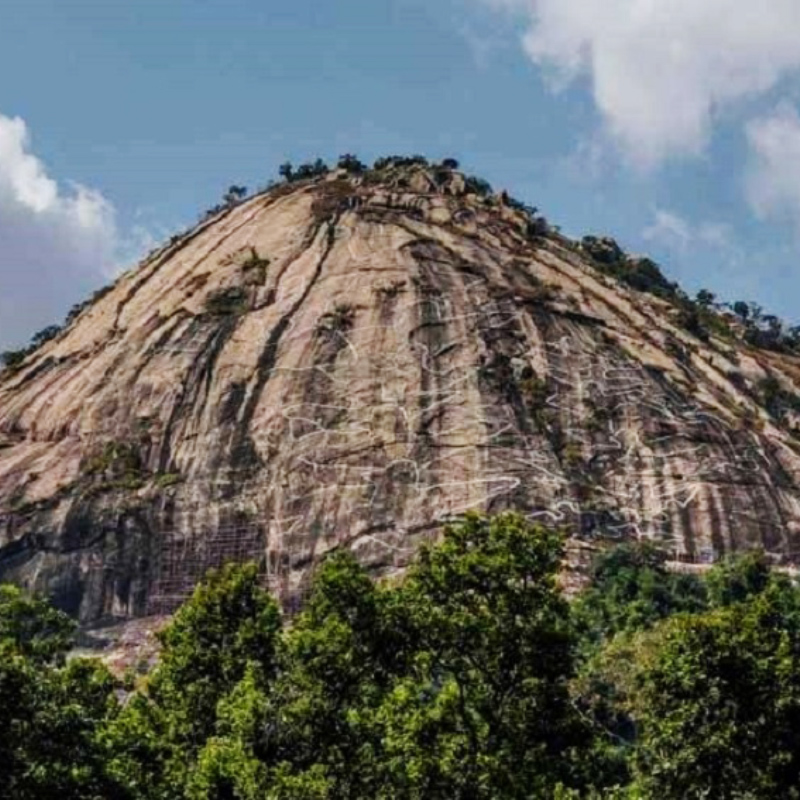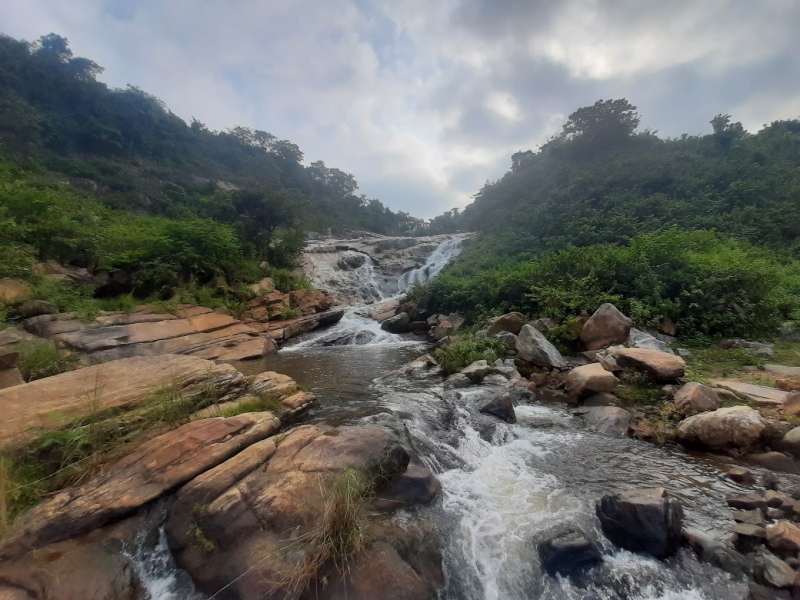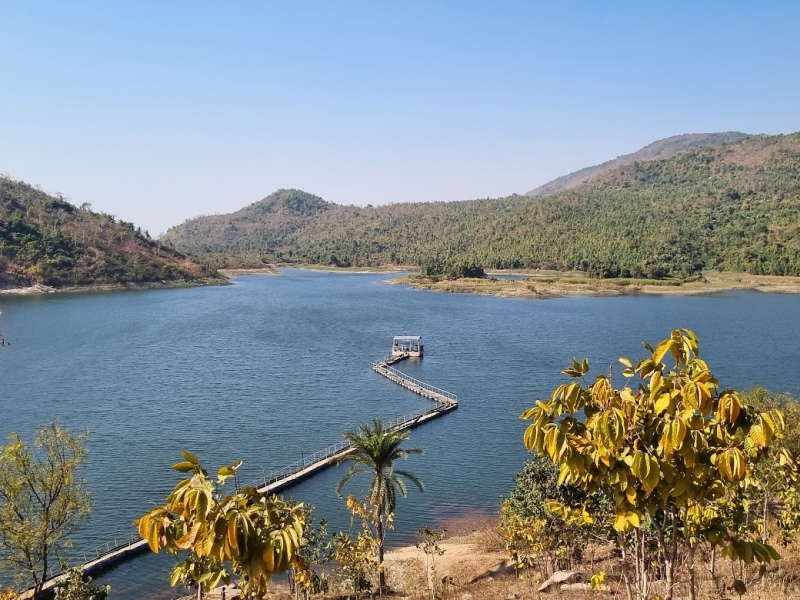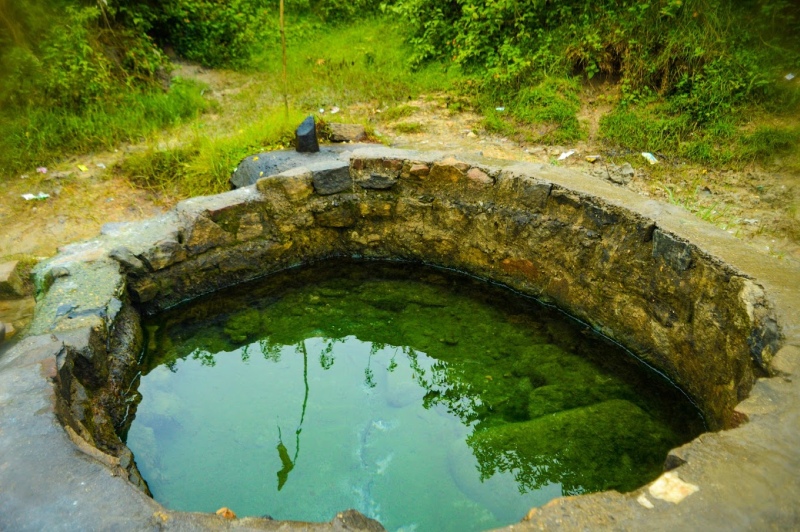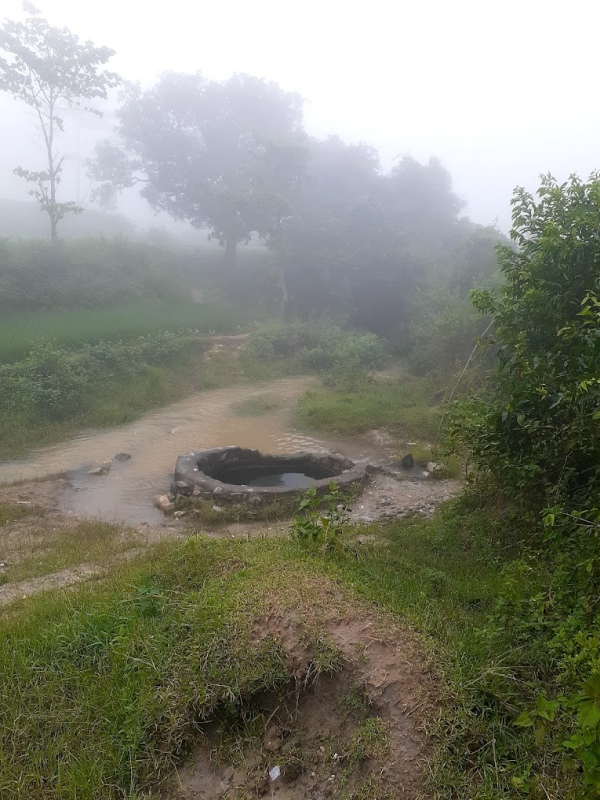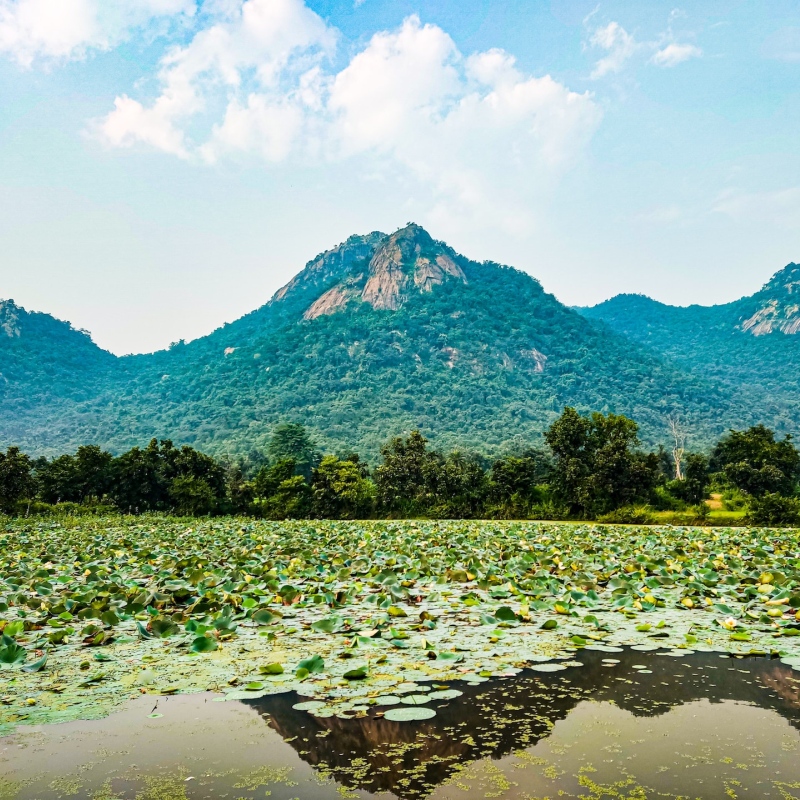
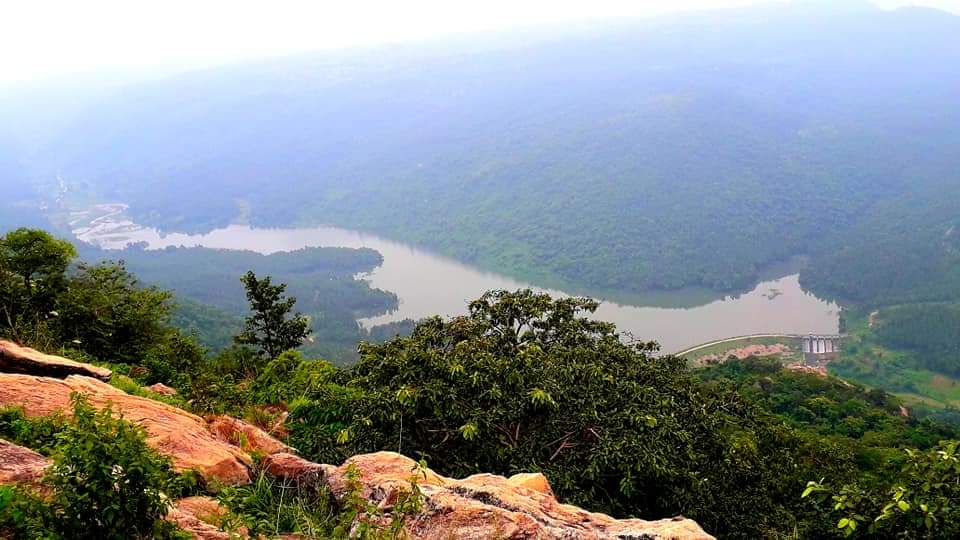
Ajodhya Hills:
tourism destination
If you are a nature enthusiast, particularly forests, then a trip to Ajodhya Hills is a must. It has gained popularity as a preferred destination for tourist from Kolkata. Trekking, hiking, wildlife spotting, are some of the activities that visitors can enjoy at Ajodhya Hills.
The lush green hills that include trees such as pine, shimul, saal, shirish and segun, the splashing waterfalls, and other varieties of flora and fauna. like elephants, deer, wild boars, wolves and cheetahs, make Ayodhya Hills a major attraction for casual visitors as well as adventure seekers.
How to reach Ajodhya Hills
Ajodhya Hills is easily accessible from Purulia town. There are buses and trains that run from Kolkata to Purulia from the Shahid Minar bus terminus and Howrah Station, respectively. Get the train from Howrah to Barabhum, from Barabhum take the bus to Baghmundi and cover the 1 km from here to Ajodhya Hills on foot.
From Purulia buses are accessible to Sirkabad, which is only 26 km. away from Purulia. From Sirkabad, Ajodhya Hills is just a 12-km. trek. From Purulia town the visitors can hire cars for make their journey comfortable. There are many buses, which take the visitors directly to Ajodhya Hills, however these services don't run very frequently.
A comfortable route, which the visitors can to reach at Ajodhya Hills, is the Balarampur-Baghmundi trekking route and it is accessible from Purulia town.

